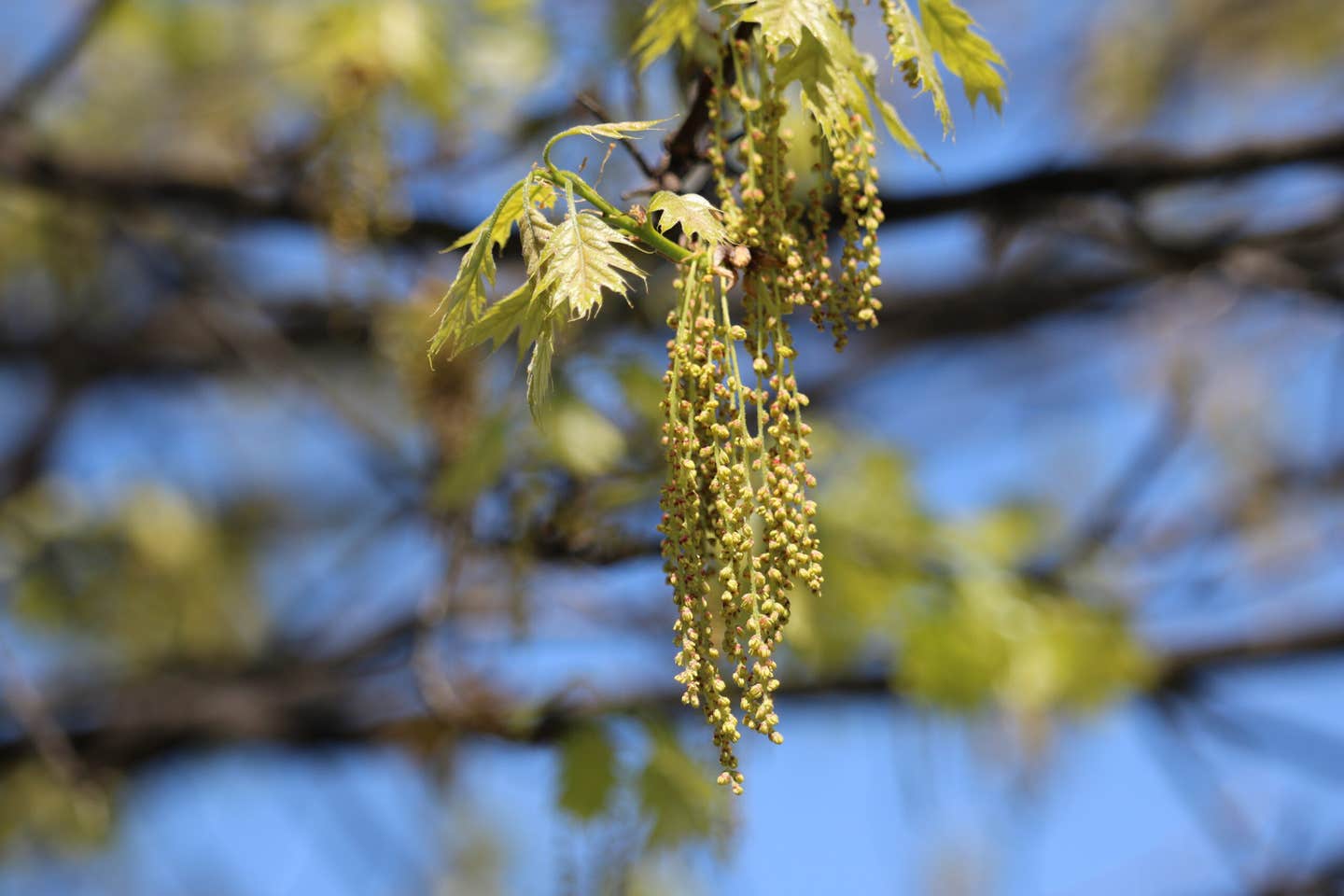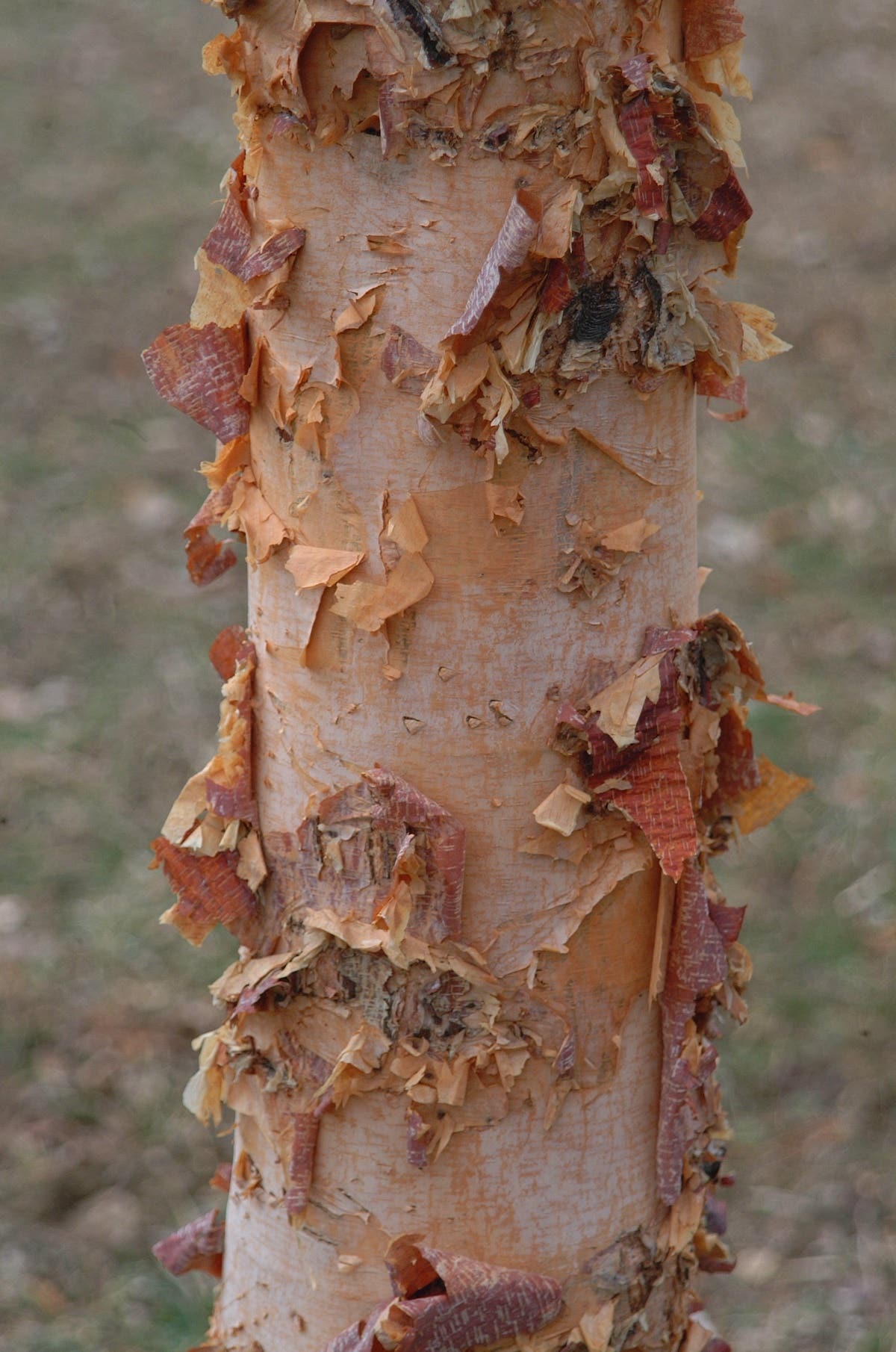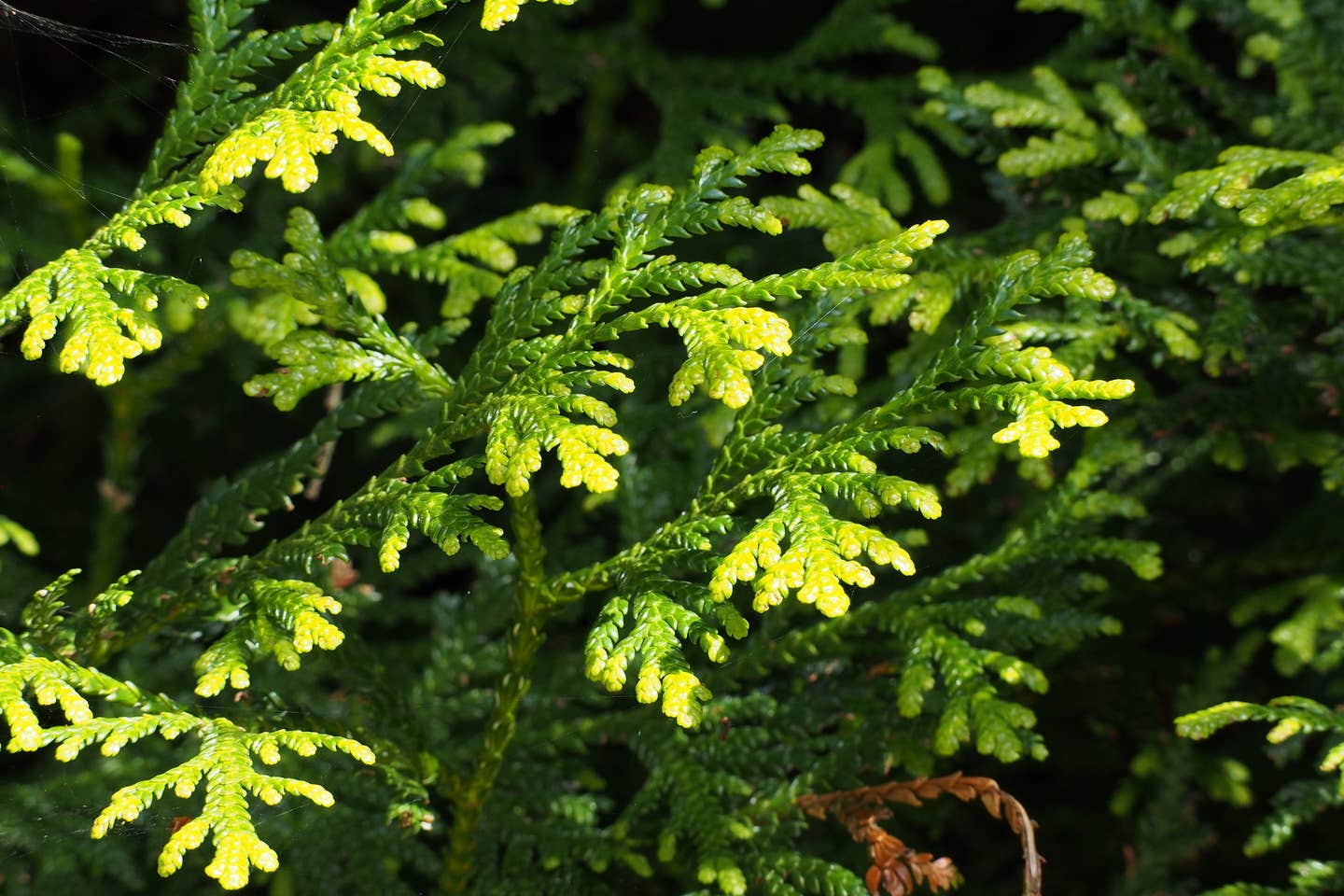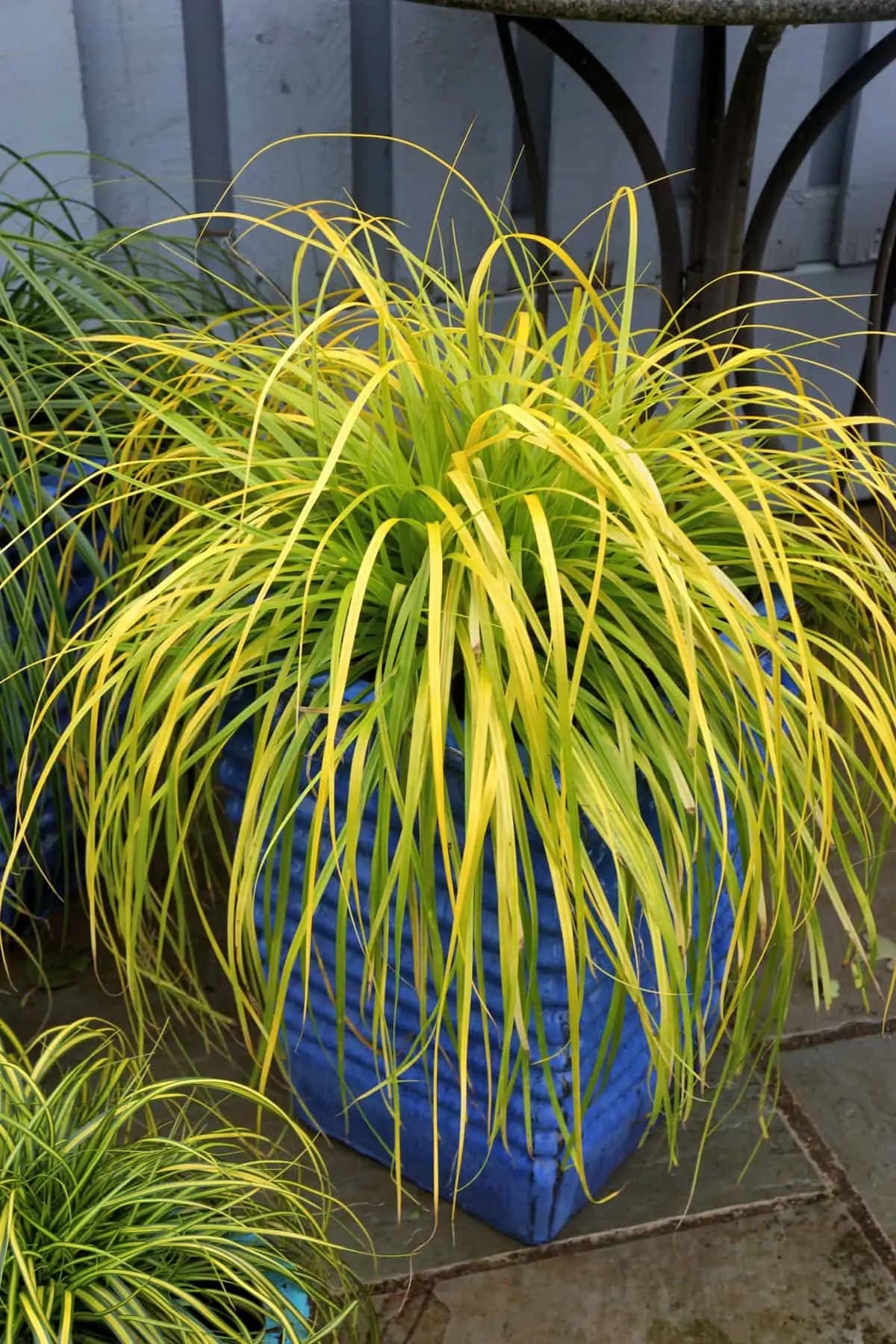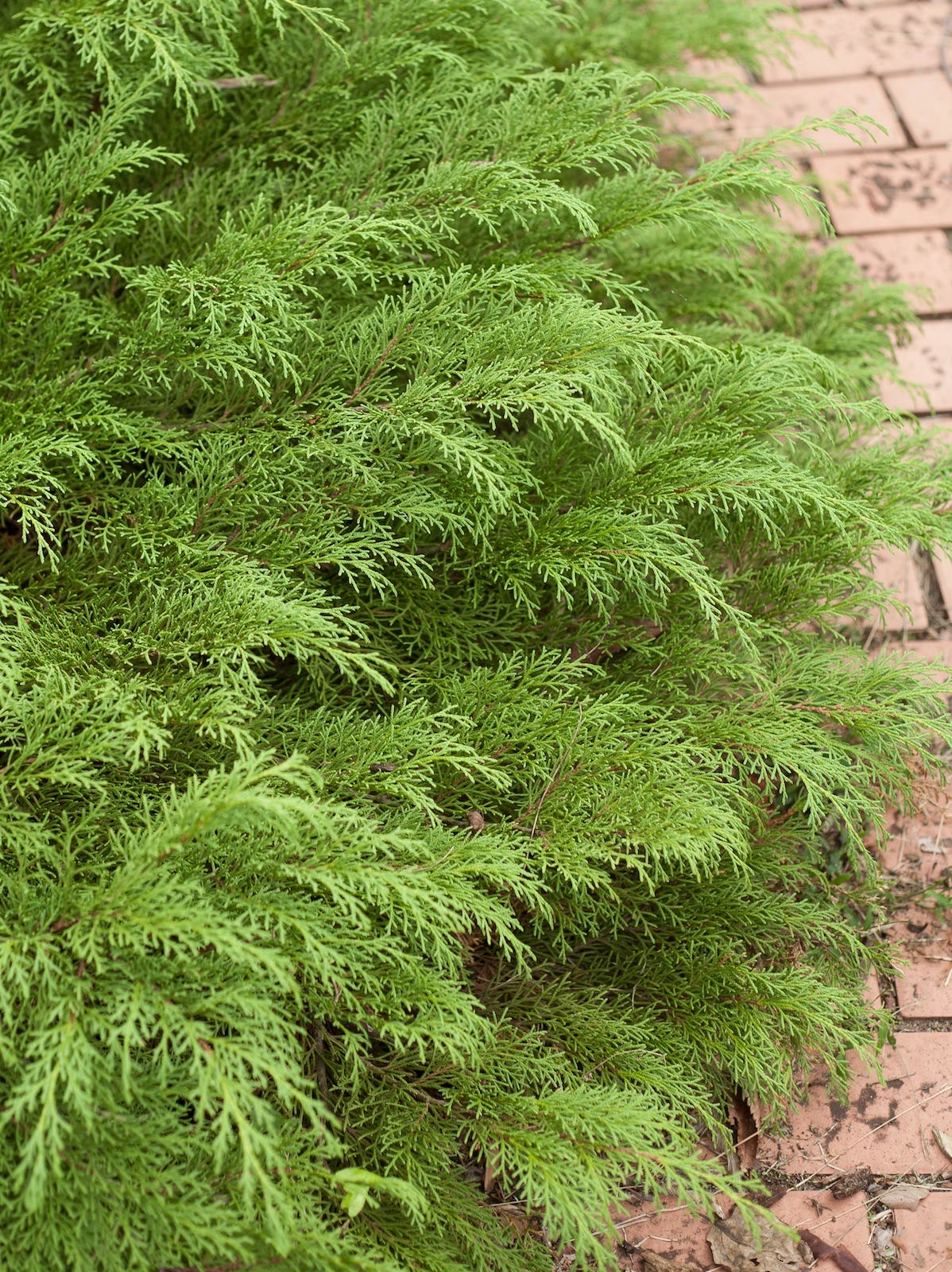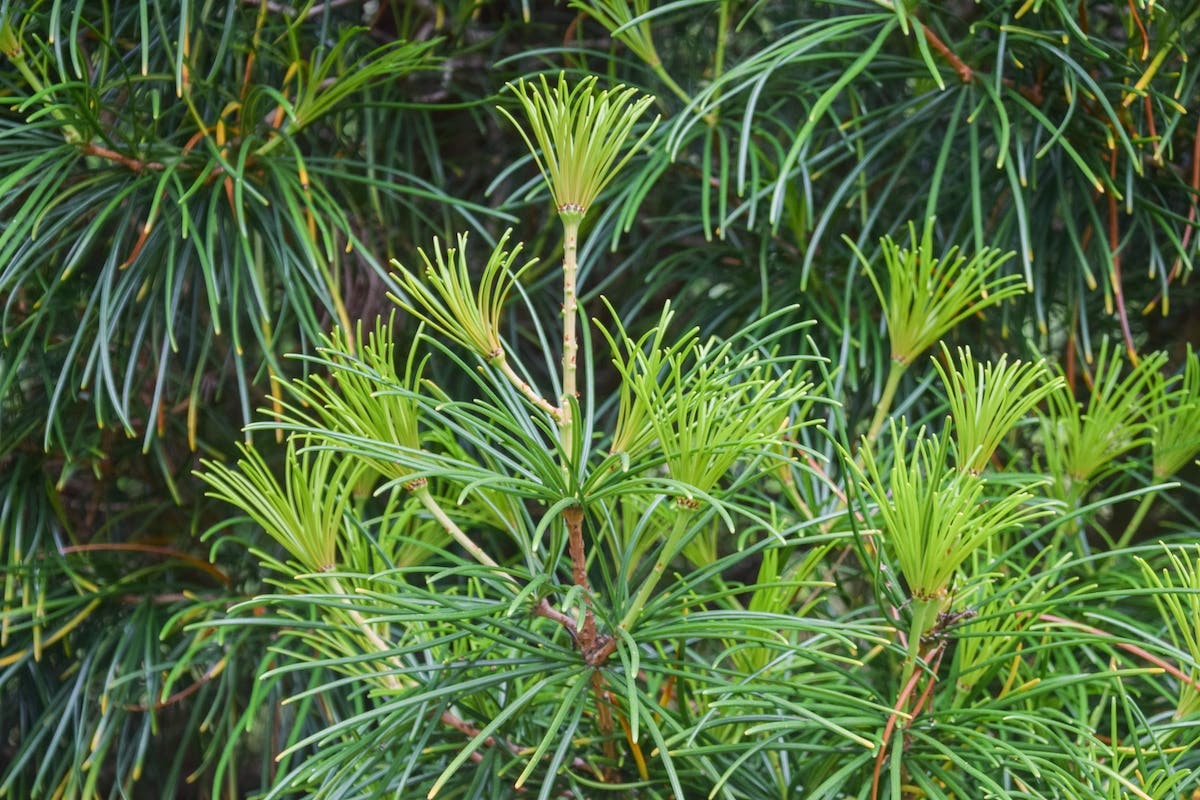A Healthy Addiction
For pleasure and pain, no genus has been more visited than Nicotiana—tobacco. Chewed or inhaled, it is more widely used than any other stimulant except coffee…
For pleasure and pain, no genus has been more visited than Nicotiana—tobacco. Chewed or inhaled, it is more widely used than any other stimulant except coffee. The British called Sir Walter Raleigh the first smoker, but that title belongs to Ralph Lane, first governor of Virginia, who introduced Raleigh to the habit in 1586. Nicotiana rustica—the first species to enter Europe and probably the leaf Raleigh smoked shortly before ascending the scaffold to his death—was once assumed to possess almost magical powers. Various other members of the genus have been used for sprains and severe bruises, against insect bites, and as soothing poltices for hemorrhoids. Despite certain species’ toxic properties, modern research has indicated that they may be effective in reducing internal tumors. Nicotiana tabacum, the tobacco of modern commerce, has been called “the white rat of botany,” because its complex genetic makeup may be easily altered to test the effects of many plant diseases and their cures. Finally, though the four alkaloids present in most species have long been known to be poisonous, the operative chemical combination known as nicotine has proven itself as a quickly biodegradable organic pesticide. But beyond all this, several Nicotiana species are valuable garden plants, boasting eyecatching flowers on architectural stalks.
Garden Species
For many years, the most popular of all garden nicotianas was N. alata, or jasmine tobacco. It produces a basal rosette of dark green oval leaves, each about 16 inches long. In June, a central stem emerges, grows to a height of about four feet, and forms a candelabra of bloom, which drips with three-inch-long tubes that flare into white stars of five fused petals. During the day the flowers are limp, but in the evening they crisp into startling clarity and offer a strong sweet scent, much like jasmine.
Nicotiana alata is a lax plant, throwing its wiry stems about in an easy attitude. That opened it to “improvement,” since until recently gardeners tended to insist on self-supporting annuals that look attractive throughout the day. Modern bedding nicotianas possess these characteristics, and subsequent breeding has produced colors from green and white through cream, peach, pink, and mulberry red. Plants grow from one to three feet tall, with upturned flowers that remain open all day. These improved strains are not necessarily better than N. alata, as is often the case with the progeny of distinguished parents. They are just different. However, a nice thing happens in their second year. Their own offspring revert, producing flowers with one odd, almost indefinable color on their faces and on their backs, another. Such glorious mongrels may even recapture a whiff of the old species’s fragrance.
Green flowers are an acquired taste—many gardeners feel that green is for grass. Nicotiana langsdorffii may change their minds. Though cultivated in gardens for over a century, within the last 10 years it has been hailed as a novel treasure wherever interesting annuals are grown. The flowers are freely produced on delicate, much-branched plants to three feet tall. Each blossom is a tube of green that swells into a bulb before producing a star of fused petals. The face is a paler green; the four stamens, cobalt blue. These sweet flowers are never free of the whir of hummingbirds’ wings.
When N. langsdorffii and N. alata are grown together, hybrids occur that may reach a stately five feet, with the rigid, upright character of N. langsdorffii but bearing flowers closer to those of N. alata. This accidental mating is a thing for which to hope.
For both height and grace, however, N. sylvestris is without compare. By late June, plants develop into rosettes as much as two feet long and a foot across. In midsummer they produce a single stalk six feet tall, terminating in a cob of flowers that steadily emerge untl frost. Each flower is a slender tube five inches long, down-hanging and flared into a half-inch wide star. Chalk white, they seem to glow at twilight and send out an alluringly sweet scent.
A Final Favorite
About 15 years ago, N. mutabilis was discovered in the jungles of southern Brazil, and a tremor went through nicotiana lovers. It is an extraordinary plant, forming a lush dark green rosette two feet wide and producing a candelabra of wiry stems as tall as five feet. Tiny bell-shaped flowers open from mid-July to frost, beginning white and fading first to pink and then to rose, creating at any one time an opalescent effect. In a very few years, this species has become a mainstay of the late-summer border.
Nicotiana mutabilis has also begun to intermarry with other species—all nicotianas might be delicately described as intimate—so a whole swarm of possibilities is emerging. And that is one of the things that makes gardening so interesting.


